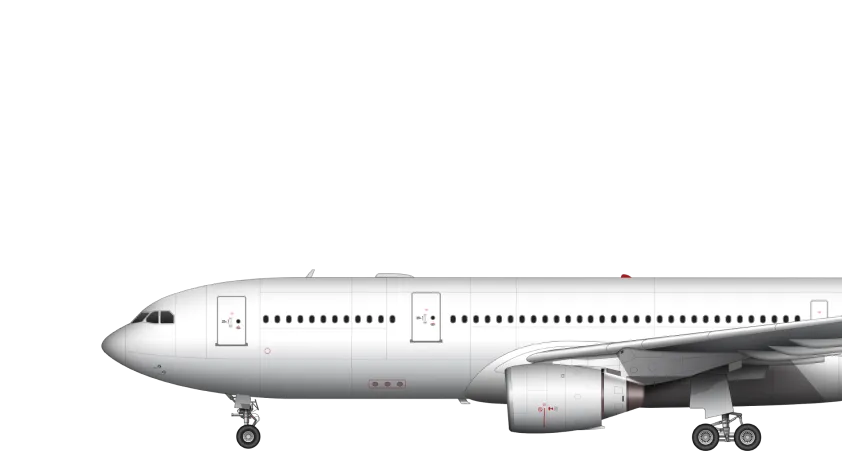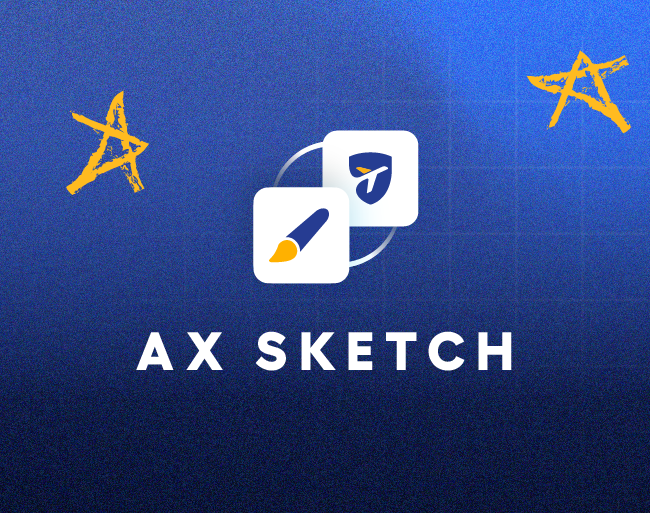The Cost of Training Technician Talent

As global concerns about the COVID-19 pandemic decrease, the world is back in the air. Global air travel is back up; Labor Day air travel in the U.S. reached a four-year high water mark. With more passengers back in the air, bringing us back to pre-pandemic levels, we must address the technician crisis and do it now. With high retirement rates for technicians, technicians leaving the trade for other ventures, and even about 20% of freshly credentialed mechanics opting not to pursue the trade, we have to figure out how to fill the ranks.
Today we’re going to deep-dive into the cost factor of training talent. What does it mean for the airlines and MROs, and what does it mean for the techs? Let’s find out.
What Type of Training Is Required?
All of the information and regulations about civil aircraft mechanics are located in Title 14, Part 65, Subpart D of the CFR. There is a lot of material to take in, so we'll do our best to hit the high notes.
To work as an aviation maintainer, you do not need to have an airframe and powerplant certificate immediately, but to work in the field beyond completely basic tasks (grabbing tools, etc.), an individual will eventually need to obtain their A&P.
The initial certification is only the first step on the ladder of aviation maintenance tech training.
The next rungs are:
- Additional airframes and/or appliances. If your operation has more than one aircraft type in your fleet, your technicians must be rated on each additional airframe.
- Inspection authority-after at least two years of being actively engaged in aircraft maintenance, a tech can test to become an inspection authority. To be an IA, you must also be an airframe and powerplant holder.
It is important to recognize that, while most techs hold both certificates, there is no requirement to be both an airframe and a powerplant technician. They are separate certificates, but it is so commonplace to hold both that most of the time, it is assumed.
It should also be noted that airframes are sometimes equipped with different engines and auxiliary power units (APUs). If this is the case, your technicians must be trained and certified in whichever they are servicing and both if they are going to work on both.
Initial Training Vs. Continuing Education
The A&P certification is often called a ‘license to learn.’ This is an appropriate statement; when the technician first receives certification, they are a pure generalist. While they have substantially more experience than a freshly minted technician in the military (most military courses are only 4-5 months long), their 30 months of intensive training only scratch the surface of the job.
For one, they learn many techniques that they will never use with jet aircraft. You will never time a magneto or patch a fabric structure if you work on a Citation.
The initial training is enough to get you through the door and onto the maintenance hangar floor.
But aircraft maintenance work goes far beyond shooting rivets and blending propellers. We are turning to advanced technology to level the playing field in this digital age. Compliance failure is a real thing that can wreak havoc on your organization.
Part of the continuing education process is changing the culture of aircraft maintenance. It is no longer just a mechanical job; technicians must be aware of their job's impact on the overall organization.
.png)
Specialized Training
Commercial jets and private jets are some of the most complex machines in human history. They are composed of dozens of systems and subsystems, each complex and unique to the airframe.
On large aircraft, systems are complex enough that they require specialized training. The A&P training of yester-year is adequate for airplanes that haven’t changed since the 1940s and 1950s (the average age of a general aviation airplane is over 50 years). Commercial aircraft are not the same: the average age of a commercial airliner is only 14 years. These aircraft are modern, with systems that take years to fully understand.
Once a technician is onboarded, they need to be trained in these complex systems (hydraulics, environmental and electrical, fuel systems) specific to the airframe.
Inexperienced technicians are, unfortunately, the weakest link. They are the most prone to poor decision-making and incorrect practices. This is no indictment; it is a statistical truth.
An effective two-way communication strategy is vital to keeping new hires and apprentice mechanics in line with company policy and compliance.
Also, our two-way communication system is the best way to bridge the skills gap when mentoring senior technicians are hard to come by. It is the tool to connect senior, experienced technicians from across the workforce with junior techs regardless of their physical location. This is not a substitute for training; it’s a supplement.
Here’s the deal: system-specific training is critically important from one technician to another and can’t be ignored. But it loses some weight when no experienced mechanics are available to help implement the systems training.
What Is the Responsibility of the Employer?
The employer is responsible for providing tools that enhance compliance management and safety. It is the company’s job to provide systems and training on the systems and employ programs to promote these tools.
What Is the Responsibility of the Technician?
The technician is wholly responsible for obtaining their licensure; nobody can do it for them. They have to go to the schoolhouse, do the work, and train for the tests.
When they’re in the workplace, it’s their job to keep up with the mandated training of their organization, and any requirements for currency and proficiency the FAA imposes. Look, becoming a licensed aircraft maintenance technician isn’t the easiest career choice. The credentialing process is much more closely regulated than other comparable industrial trades. But air travel is the safest mode of transportation by a wide margin, so it is not in vain.
Wrapping Up
The cost of training talent is high. First, there is the process of attracting talent to your organization. There is the chance that they may decide to go with a less-regulated but similar trade. Once onboard, they need to be sent through a familiarization course(s) for your airframe. One way to keep overhead down is by maintaining your training program and records and publishing your internal updates through our maintenance software system. It puts everything in one easy-to-use system that makes training a breeze.
If you’re ready to see what AireXpert can do for you, set up a consultation today, and we’ll show you what our suite of products can do for you!
Subscribe for updates
Every fact, every interaction, every choice and every voice. In one place.






